- Home
- slideshows
- miscellaneous
- Frogs are dying off at record rates - an ominous sign the 6th mass extinction is hitting one group of creatures hardest
Frogs are dying off at record rates - an ominous sign the 6th mass extinction is hitting one group of creatures hardest
Most scientific evidence points to one conclusion: Earth appears to be undergoing a process of "biological annihilation," largely due to human activity.

Kuijpers has so far photographed 1,500 species, across every continent except Antarctica.
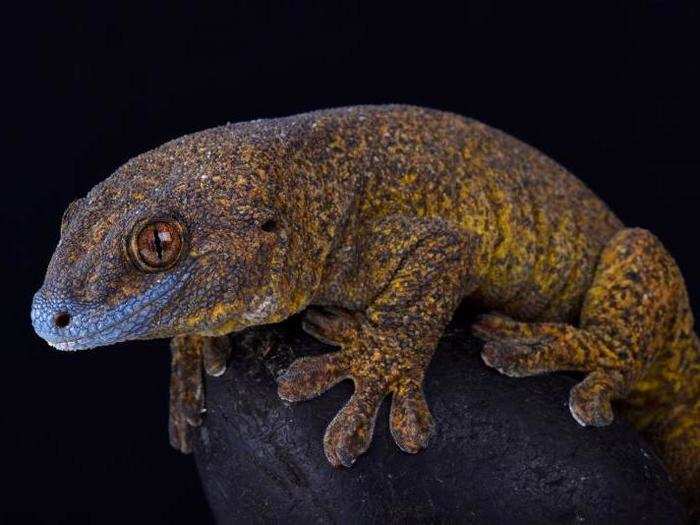
One of those species is this giant bronze gecko (Ailuronyx trachygaster), which was recently rediscovered in the Seychelles, off the east coast of Africa. The International Union for the Conservation of Nature lists the gecko — which Kuijper said hangs out in Coco de mer palm trees — as vulnerable to extinction.
Kuijpers says he want to show the "essence of the animal” in each of his photos.

In the image above, he captured the gaze of a Doi Suthep bent-toed gecko, which is native to northern Thailand.
To him, that means "no distractions." So Kuijpers photographed many of the animals against black backdrops or removed background foliage when editing.
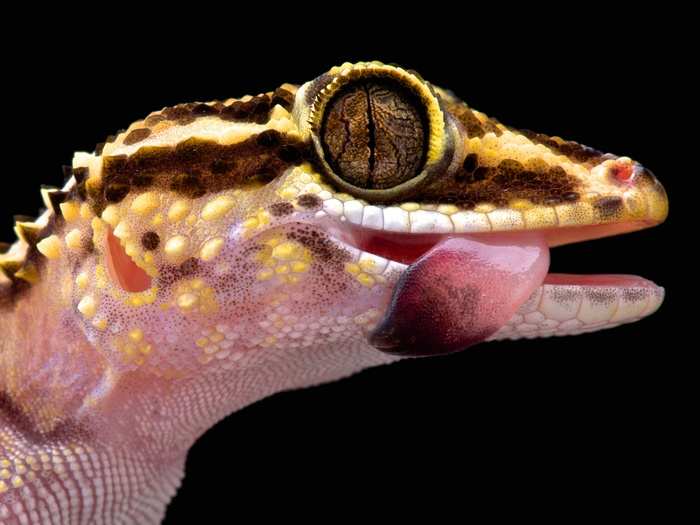
The Paroedura lohatsasara shown here is a critically endangered gecko species. It's native habitat has been reduced to one remaining patch of rainforest in Madagascar, Kuijpers said. The gecko's name comes from the Malagasy words "Loha," which means head, and "tsara," meaning beautiful.
To date, Kuijpers has photographed 2,000 species of reptiles and amphibians.
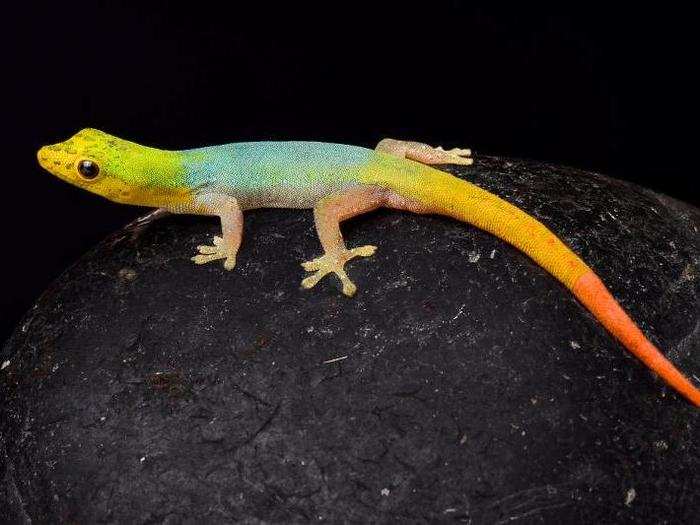
Only male Cameroon dwarf geckos sport polychromatic skin, as shown in this photo. These critters live in western and central Africa.
His work reveals a special fascination with poison dart frogs.
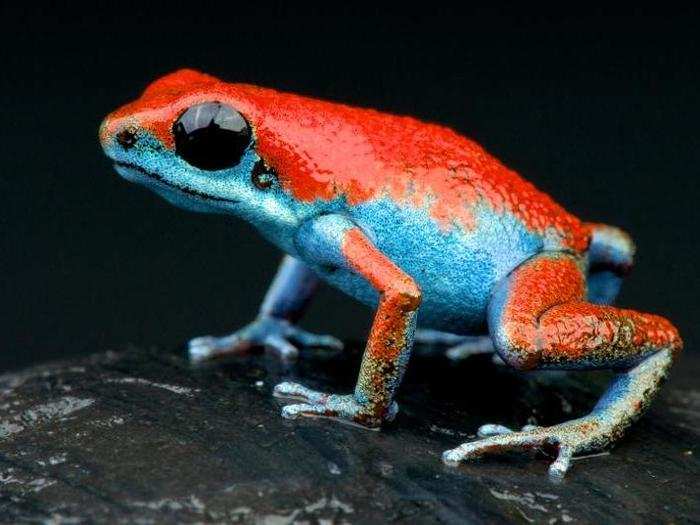
The Strawberry poison dart frog shown above has strikingly neon colors, and is the most poisonous of its froggy brethren.
These frogs' bright colors serves as a warning to predators: Toxins in their skin can paralyze or kill potential threats.

This blue poison dart frog is native to the Amazon.
Dart frogs' toxins can induce heart failure and convulsions.
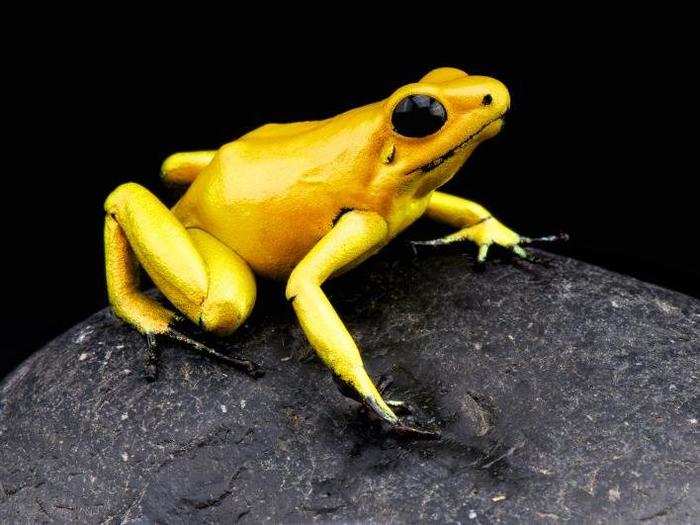
The golden poison dart frog, Phyllobates terribilis, is native to the rainforests of Colombia. It's the largest of the poison dart frogs, and it lives in social groups in the wild.
Kuijpers told Fast Company that it took him weeks of exploration in the mountains of Suriname to capture this magenta-accented toad on camera.
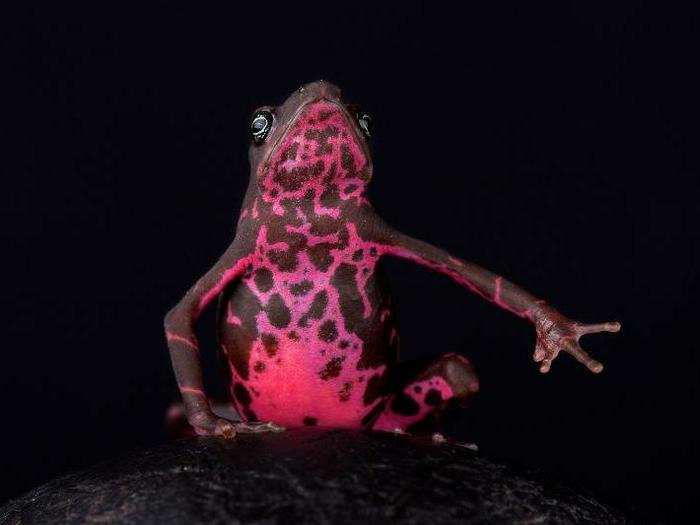
It's possible that this type of stub foot toad — whose scientific name is Atelopus hoogmoedi nassaui — may have gone extinct since Kuijpers photographed it in 2017.
Source: Fast Company
The photographer said he wants his book to serve as a "time capsule of the coldblooded species on Earth.”
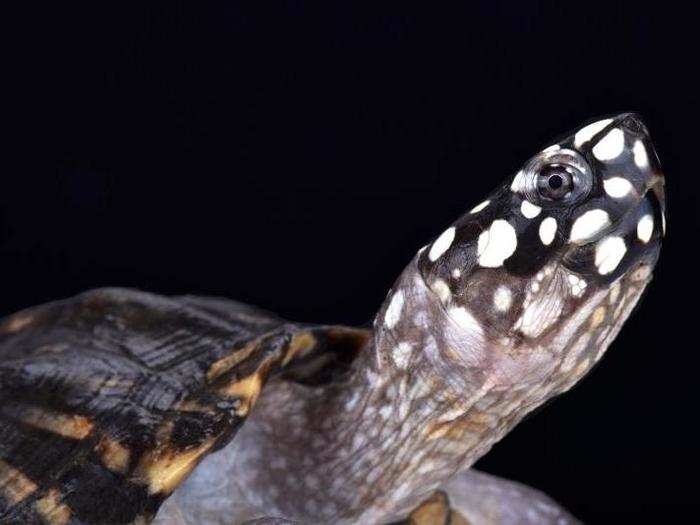
This black pond turtle, native to south Asia, is listed as vulnerable to extinction. It boasts striking white spots.
Kuijpers said just one rat or cat could decimate the entire population of this animal, the Union Island gecko.
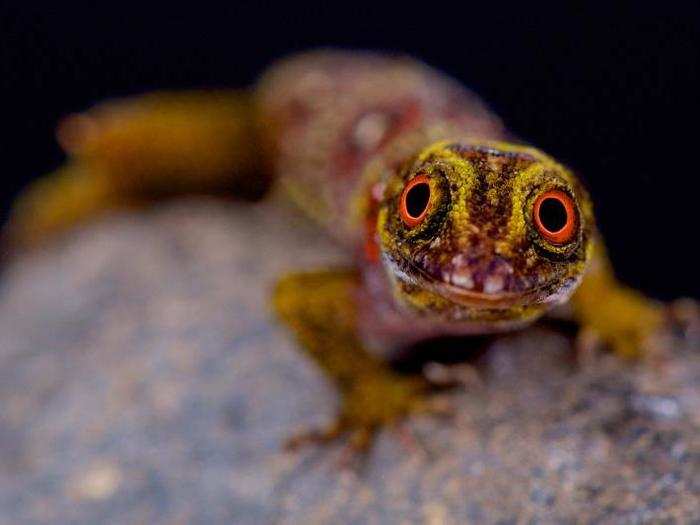
The entire population of this gecko lives on a single cliff on Union Island, part of St. Vincent and the Grenadines in the Caribbean. The IUCN lists it as critically endangered.
Kuijpers, who is 45 now, said he has been taking photographs since the age of 18.
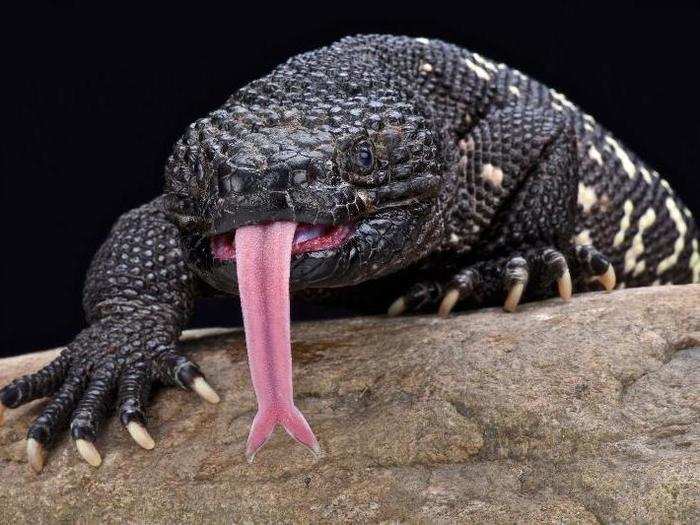
Only 200 of the Guatemalan bearded lizard pictured above remain in the world. They live in a single valley in Central America, Kuijpers said. The animal has yellow spots on its back and rings on its tail.
That experience allows him how to get detailed close-up shots of fast-moving creatures like this gecko.

The gecko pictured above (Paroedura masobe) is native to Madagascar, and listed as endangered by the IUCN.
Kuijpers said part of his goal in photographing these reptiles is to remove misconceptions and fears that many people have about cold-blooded animals.
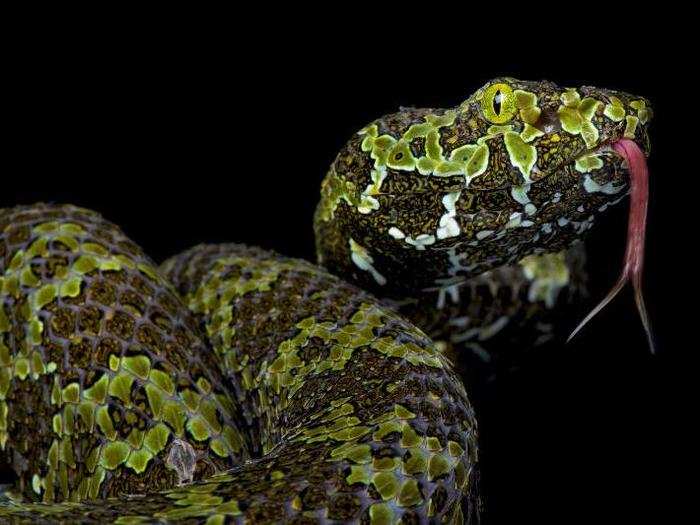
The Mangshan pit viper shown here can reach lengths up to 6.5 feet. Native to southeastern China, the venomous snake likes to languish on logs near game trails before ambushing its prey. According to the Saint Louis Zoo, there are reports that this snake can spit venom at would-be predators, like some fellow cobras.
Even seemingly intimidating creatures, like the poisonous Siamese peninsula pit viper, are vulnerable and disappearing at unprecedented rates.
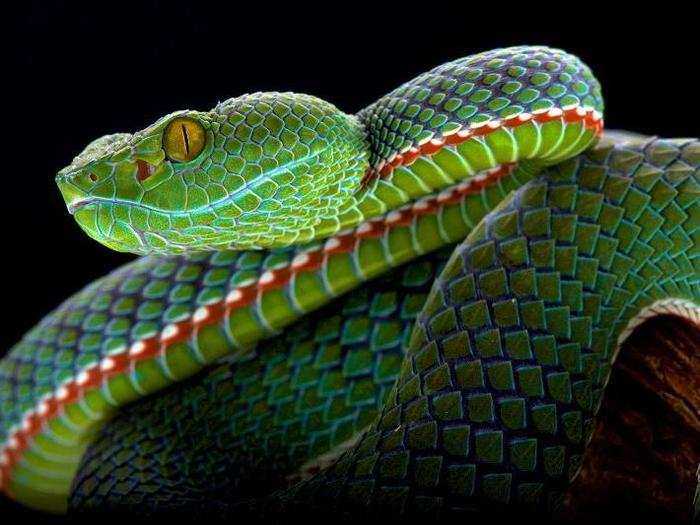
Popular Right Now
Popular Keywords
Advertisement